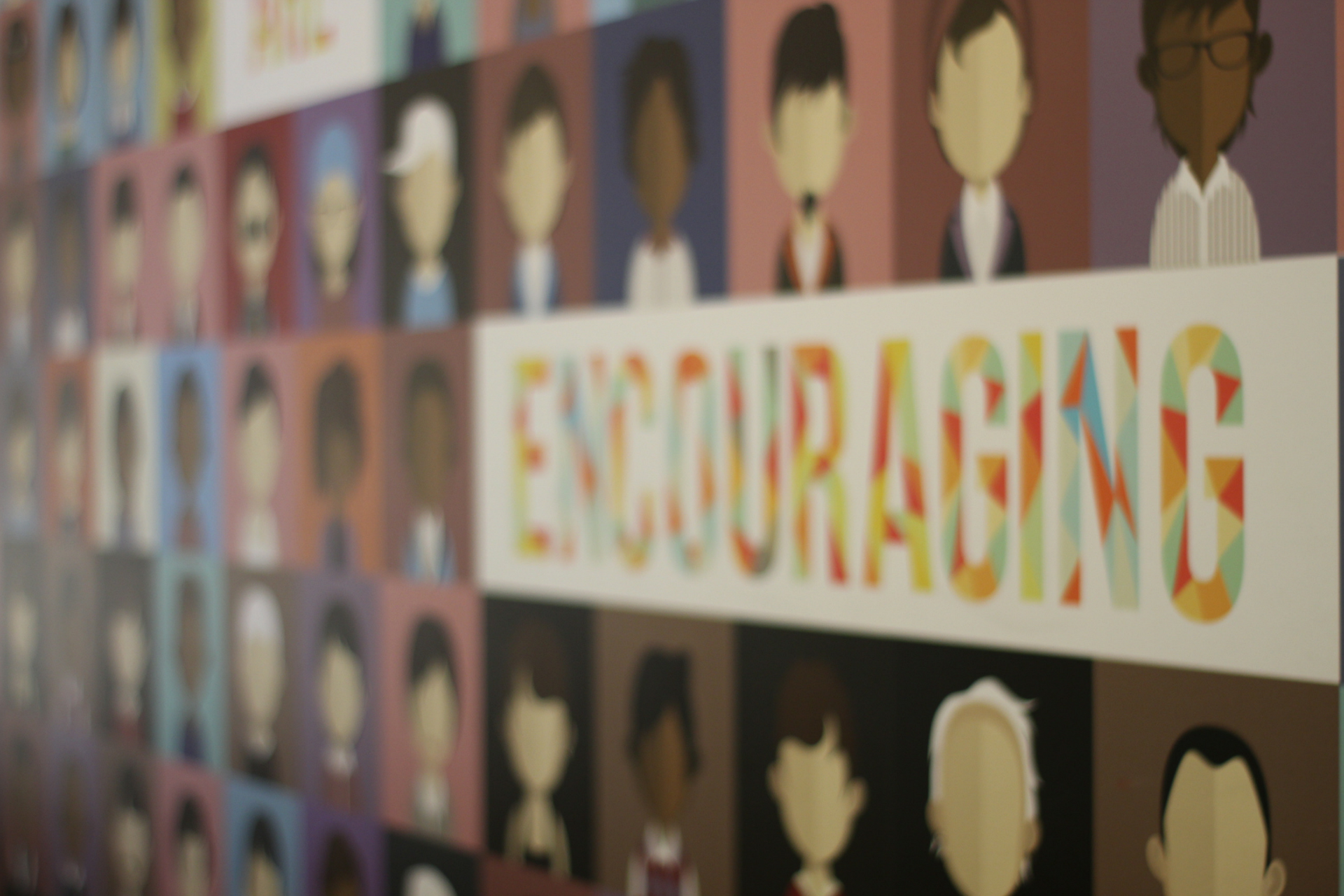
Educators have long recognized that students can’t learn if they don’t first feel safe and loved. And in a year in which school violence has been in the headlines far too often, it’s more important than ever for schools to educate the whole child.
Jennifer Villwock is a third-grade teacher at Woodland Park Academy in Grand Blanc, a charter school that sees most of its students come from the urban core of Flint, a city that has seen more than its share of challenges. Jennifer was a finalist for the 2018 Michigan Charter School Teacher of the Year award, and she offers her strategies for social and emotional education.
Students who come from challenging backgrounds need additional emotional and social support in the classroom throughout the year in order to be academically successful. Most times, the circumstances students are faced with are simply out of their control, but they don't know how to cope or process what is happening.
I have seen this first hand each year, and realized that not addressing certain situations simply makes them worse, which in turns affects the academic learning happening in the classroom.
Think of it like a bucket of water; if you're filling up a bucket with water and the water has reached the top, everything else starts to simply spill out. Our students are similar in this way. If their bucket is already full from the challenges they are facing around them, all of the academics I am trying to fill them with are just spilling over.
About two years ago, I started structuring my third-grade classroom around social and emotional support for students. I realized how important it is for students to have a specific allotment of time in the classroom to engage in structured dialogue with their peers.
So, each morning I did just that. Our class would sit in a circle and simply talk, but more importantly listen, to one another. I began with conversation starters that were simple: what's your favorite sport, who is your favorite superhero, etc. and then slowly dug a bit deeper with my students, asking questions like how do you feel when this happens, where is your favorite place to be, how did you feel when, etc.
These questions gave students the chance to talk to one another about similar experiences they were facing, and provided a foundation for emotional support from their peers in the classroom. It was amazing to witness how they would open up to one another, and then in turn to me, about what was happening in their lives.
Of course there were times when some students needed a bit more love and care than others. When this happened, I would simply call for a member of our support staff to come into my classroom and I would leave one-on-one with the student and simply have a walk and talk conversation with them. This was a great way for students who were shy or having a hard time communicating their feelings verbally to open up and talk with me, away from the structure of the classroom. Sometimes a change of scenery does wonders.
The trust these conversations created was very exciting; if you can trust a friend to support you with what's going on outside of the classroom, then you can trust them to help you engage with what's happening inside the classroom.
My students began to believe in themselves and trust the process of their academic learning, which was reflected in their NWEA and M-STEP scores. I realized that the time I took to talk with them, and not at them, was so valuable that it had to be included in my daily teaching practice.
Michigan's Charter School Association
123 W Allegan, Ste 750
Lansing, MI 48933
Ph: (517) 374-9167
Comments (1)